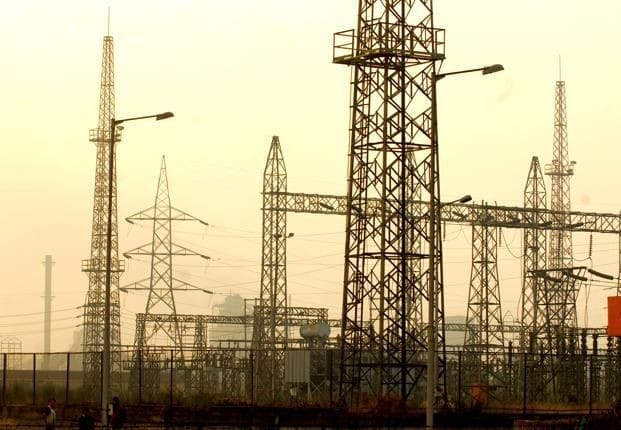Electricity plays a vital role in the Indian economy, powering households, businesses, and industries across the country. India has made significant progress in the electricity sector over the past few decades, with electrification rates increasing from around 43% in 1980 to over 99% in 2019. However, the electricity sector in India faces several challenges, including inadequate infrastructure, high transmission and distribution losses, and reliance on fossil fuels.
India’s electricity sector is dominated by coal, which accounts for around 70% of the country’s electricity generation. However, India has set ambitious targets to increase the share of renewable energy in the electricity mix, with a target of 450 GW of renewable energy capacity by 2030. As of 2021, India has an installed renewable energy capacity of around 100 GW, including solar, wind, biomass, and small hydropower.
One of the key challenges facing the electricity sector in India is inadequate infrastructure, particularly in rural areas. While almost all urban households in India have access to electricity, around 20% of rural households still lack access to electricity. This is a significant barrier to economic development, as it hinders the growth of small businesses and industries in rural areas. The government has launched several initiatives to address this issue, including the Deen Dayal Upadhyaya Gram Jyoti Yojana, which aims to provide electricity to all rural households by 2022.
Another challenge facing the electricity sector in India is high transmission and distribution losses. Transmission and distribution losses occur when electricity is lost during transmission and distribution due to factors such as technical losses, theft, and billing and collection inefficiencies. In India, transmission and distribution losses are estimated to be around 21%, which is significantly higher than the global average of around 8%. This is a significant drain on the electricity sector, as it reduces the amount of electricity available for consumption and increases the cost of electricity for consumers.
Reliance on fossil fuels is another challenge facing the electricity sector in India. While India has set ambitious targets to increase the share of renewable energy in the electricity mix, the country still relies heavily on coal for electricity generation. Coal is a cheap and abundant source of energy, but it is also highly polluting and contributes to air pollution, greenhouse gas emissions, and climate change. The government has launched several initiatives to promote renewable energy, including the National Solar Mission and the National Wind Mission, but more needs to be done to transition to a low-carbon electricity system.
In conclusion, the electricity sector plays a vital role in the Indian economy, powering households, businesses, and industries across the country. However, the sector faces several challenges, including inadequate infrastructure, high transmission and distribution losses, and reliance on fossil fuels. The government has launched several initiatives to address these challenges, including the promotion of renewable energy and the expansion of electricity access in rural areas. However, more needs to be done to transition to a sustainable and low-carbon electricity system that can meet the country’s growing energy needs while minimizing environmental impacts.










